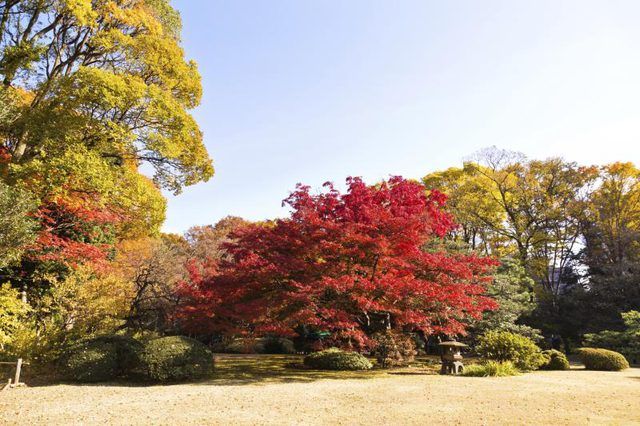Bulbs
Flower Basics
Flower Beds & Specialty Gardens
Flower Garden
Garden Furniture
Garden Gnomes
Garden Seeds
Garden Sheds
Garden Statues
Garden Tools & Supplies
Gardening Basics
Green & Organic
Groundcovers & Vines
Growing Annuals
Growing Basil
Growing Beans
Growing Berries
Growing Blueberries
Growing Cactus
Growing Corn
Growing Cotton
Growing Edibles
Growing Flowers
Growing Garlic
Growing Grapes
Growing Grass
Growing Herbs
Growing Jasmine
Growing Mint
Growing Mushrooms
Orchids
Growing Peanuts
Growing Perennials
Growing Plants
Growing Rosemary
Growing Roses
Growing Strawberries
Growing Sunflowers
Growing Thyme
Growing Tomatoes
Growing Tulips
Growing Vegetables
Herb Basics
Herb Garden
Indoor Growing
Landscaping Basics
Landscaping Patios
Landscaping Plants
Landscaping Shrubs
Landscaping Trees
Landscaping Walks & Pathways
Lawn Basics
Lawn Maintenance
Lawn Mowers
Lawn Ornaments
Lawn Planting
Lawn Tools
Outdoor Growing
Overall Landscape Planning
Pests, Weeds & Problems
Plant Basics
Rock Garden
Rose Garden
Shrubs
Soil
Specialty Gardens
Trees
Vegetable Garden
Yard Maintenance
How Fast Does a Japanese Maple Grow?
How Fast Does a Japanese Maple Grow?. If you’re looking for quick landscape shade, the diminutive Japanese maple (Acer palmatum) can’t compete with its fast-growing maple cousins, but stands out as a specimen plant due to its graceful shape and delicate leaves. Classified as a slow grower, this small maple will perform best in the...

If youíre looking for quick landscape shade, the diminutive Japanese maple (Acer palmatum) canít compete with its fast-growing maple cousins, but stands out as a specimen plant due to its graceful shape and delicate leaves. Classified as a slow grower, this small maple will perform best in the dappled shade of its larger counterparts.
Understory Trees
Japanese maples generally grow at a rate of 12 to 24 inches per season. An average height is 10 to 15 feet in 15 years of growth, with much of their growth coming in earlier years. Most Japanese maples attain a mature height ranging from 10 to 25 feet.
Best Growing Conditions
Hardy in U.S. Department of Agriculture plant hardiness zones 5 through 9, depending on variety, Japanese maples grow best in slightly acidic, well-drained but moist soil. Since full sun may scorch their leaves in hot climates, plant them in partial shade and protect from strong winds.
Cultivar-Dependent Growth Rates
Extremely slow-growing cultivars include "Red Select" (Acer palmatum "Red Select," hardy in USDA zones 5 through 9), a lace-leaf variety that matures to 10 feet tall, typically standing only 4 to 6 feet tall after 10 years of growth. More typical is the widely planted "Bloodgood" (Acer palmatum "Bloodgood," hardy in USDA zones 5 through 8), which grows about 12 to 15 inches per year to a mature height of about 20 feet.